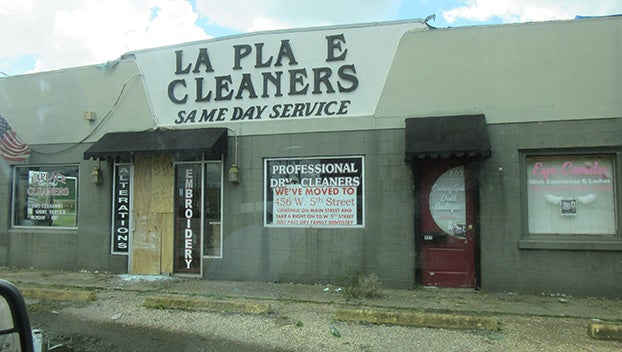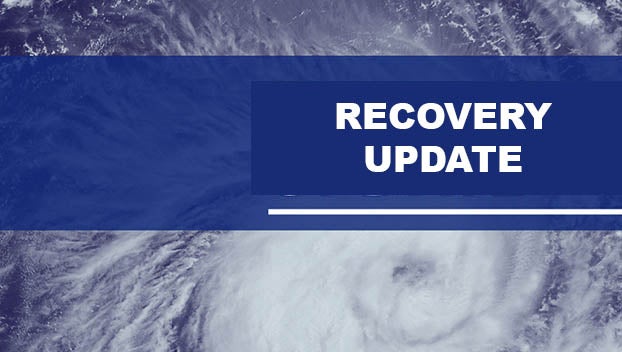State Fire Marshal emphasizes generator safety following deaths from carbon monoxide poisoning
Published 5:27 pm Friday, September 3, 2021

- Louisiana State Fire Marshal
|
Getting your Trinity Audio player ready...
|
BATON ROUGE- As power restoration efforts continue across southeast Louisiana following Hurricane Ida’s devastation, the State Fire Marshal’s Office is reemphasizing the importance of following key safety tips when using portable generators, but also updating those tips to address a new concern regarding home standby generators.
“At this time, four lives have been lost as a result of carbon monoxide poisoning due to the improper use of a generator. Numerous 911 calls and hospitalizations for carbon monoxide poisoning are also being reported. We’ve also been informed of around a dozen burn injuries and house fires attributed to attempts to refuel a generator while it was running. All of this is preventable and we have to do better,” said State Fire Marshal Chief H. “Butch” Browning.
“In addition, we are hearing from local fire departments that they are seeing an increase in calls of carbon monoxide alarms alerting,” said Browning, “On one hand, it’s great that so many people have alarms to warn them. However, many of those alarms are coming from homes powered by home standby generators that are installed to remain in one location. This is an unusual circumstance that we feel is primarily attributed to the continuous use of these generators, longer than they’re usually used and certainly longer than they’ve likely been used since their installation.”
As a reminder, generators produce carbon monoxide, which is an odorless, colorless gas that can kill without warning.
For homeowners utilizing standby generators, the SFM recommends the following tips:
- Have a CO monitor!
- Give the generator a break once or twice a day to allow for any exhaust build up around your home to clear
- Open windows and doors during those breaks to allow for any CO build up inside of your home to clear
- Ensure your generator is being properly maintained including the oil change frequency requirements
- Refer to your owner’s manual or contact your dealer or unit’s manufacturer if you have concerns or questions regarding proper installation or maintenance
If you are using a home standby generator and your CO monitor alarms:
- Turn off the generator and open doors and windows to ventilate your home
- Look for any air entry points into the home near your unit and ensure that those are properly closed and sealed off, such as windows or doors, air intakes, nearby dryer vents, or crawl spaces
- Inspect your air filter for any dirt or debris residue and change the filter if found to be dirty
- Check for anything around the unit that might be blocking airflow and remove the blockage
The following safety tips for the use of portable generators remain tried and true:
- Do not place generators inside of any structure including garages, carports, and sheds, regardless of doors remaining open
- Instead, place the generator at least 20 feet away from your home, and your neighbor’s home, downwind away from open doors, windows, and vents
- Before refueling, turn the generator off and allow it to cool for 15-20 minutes
- Never try to power the house wiring by plugging the generator into a wall outlet
- Instead, use a heavy-duty, outdoor extension cord to plug appliances into generators
- Do not use in rain or wet conditions
- Have a fire extinguisher nearby
- Have a carbon monoxide monitor for your home!





